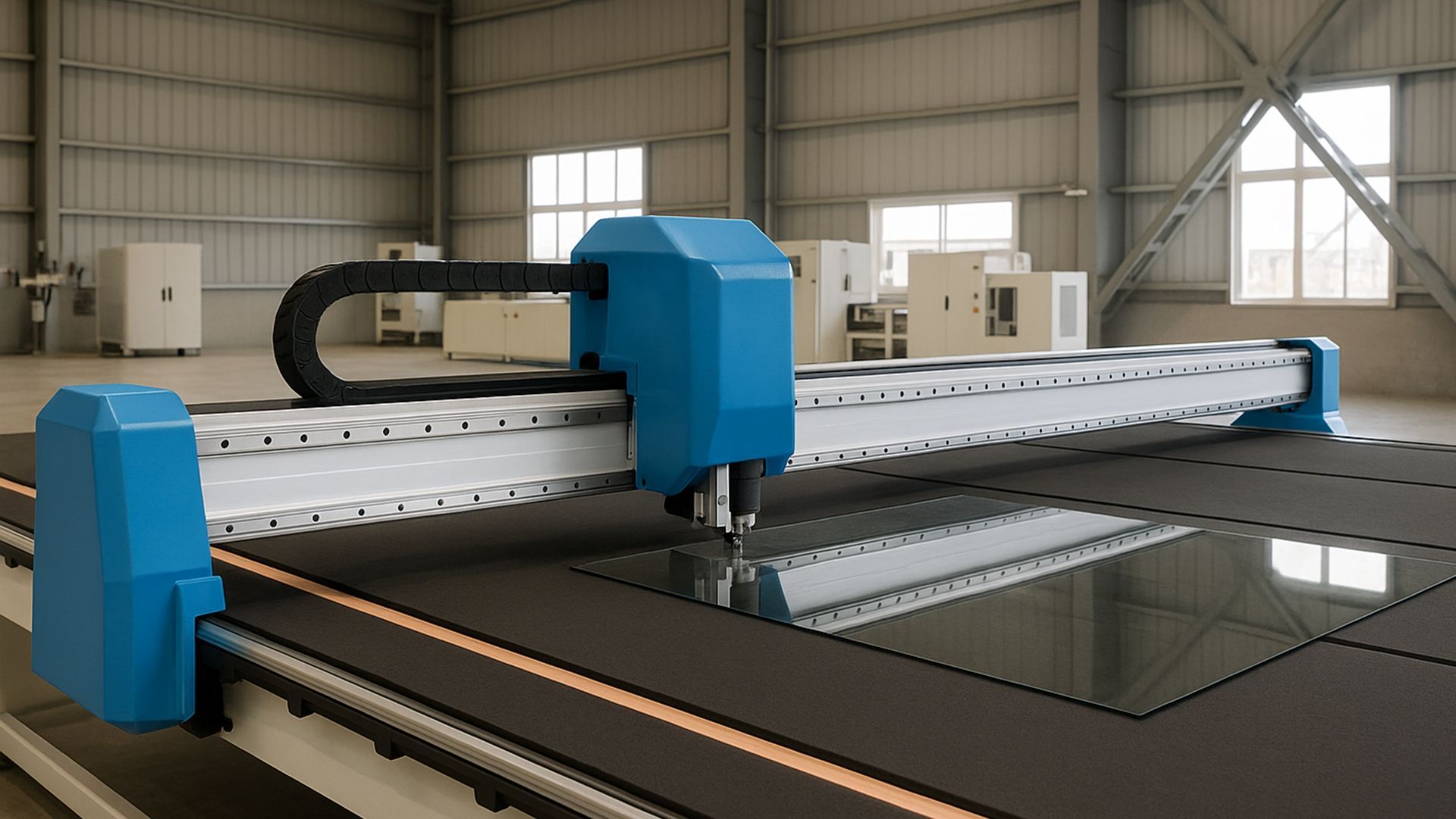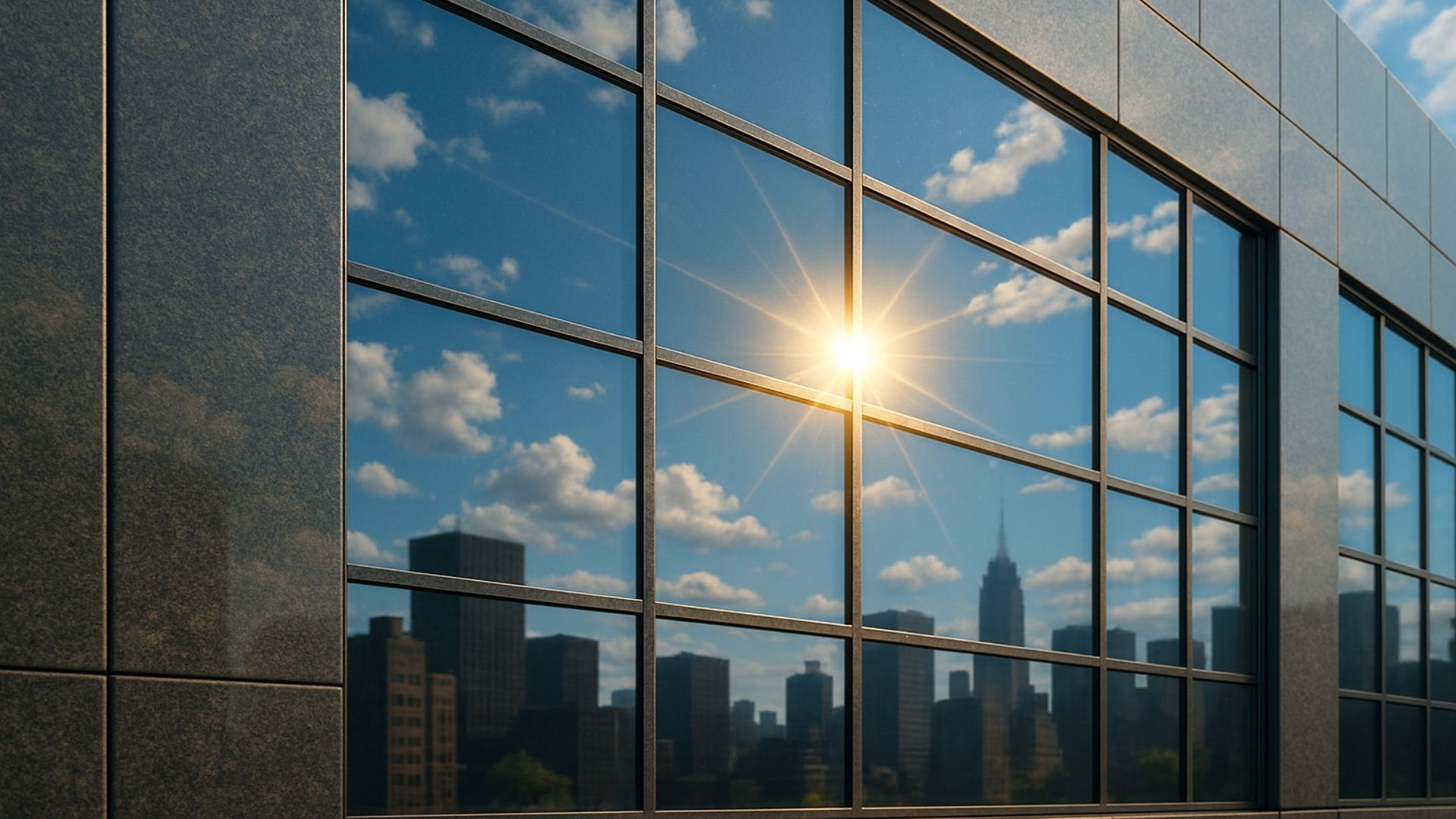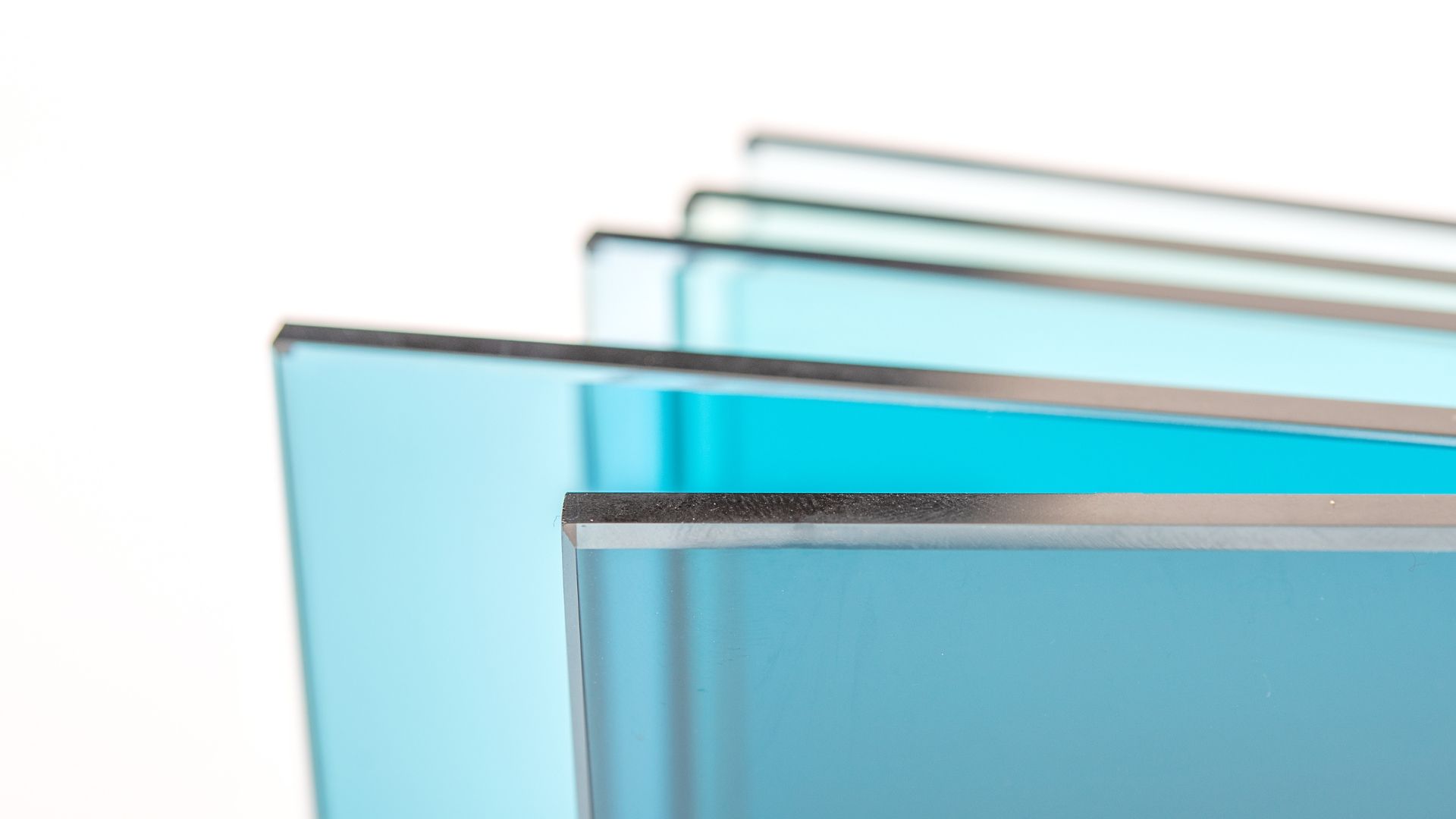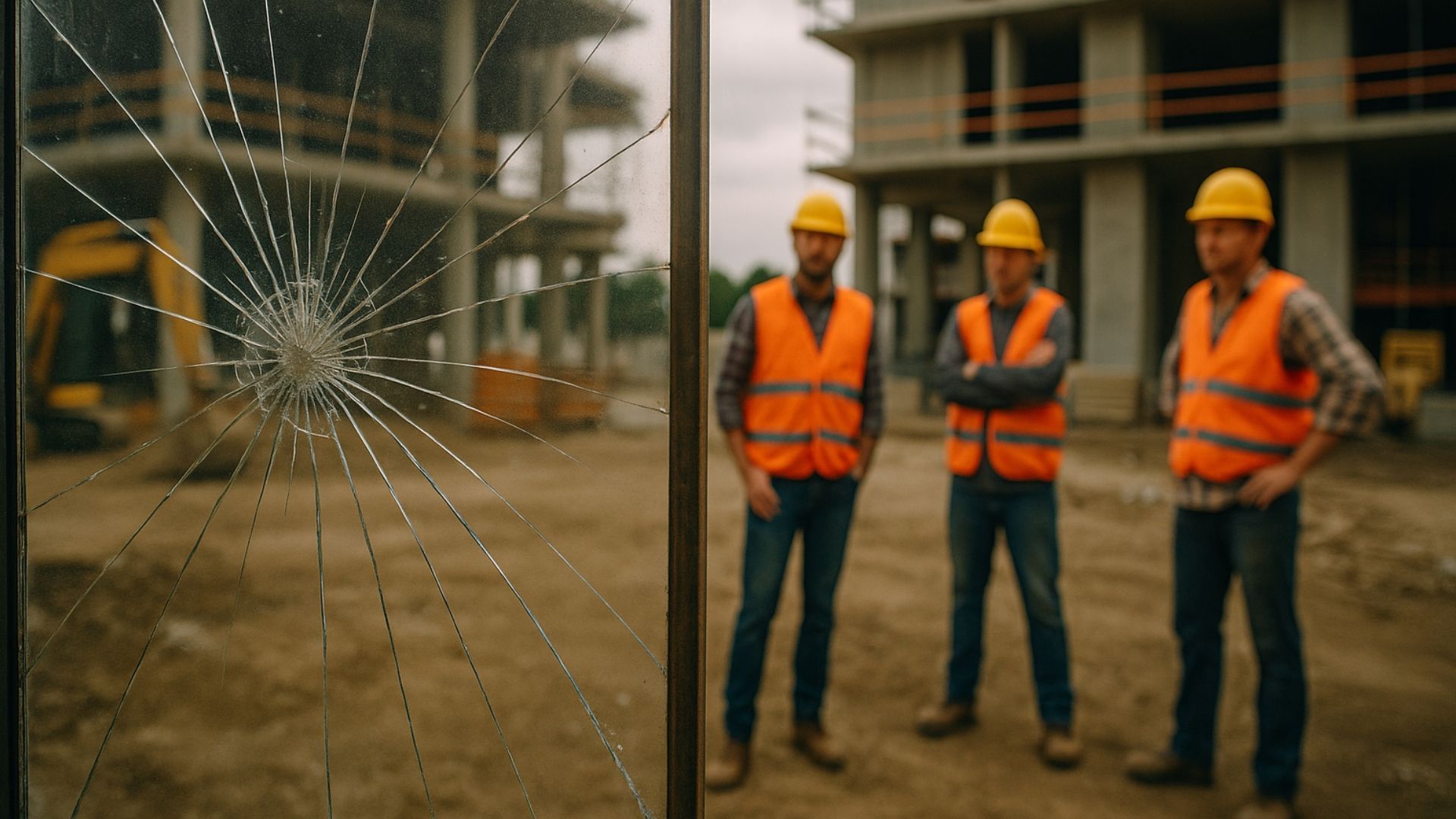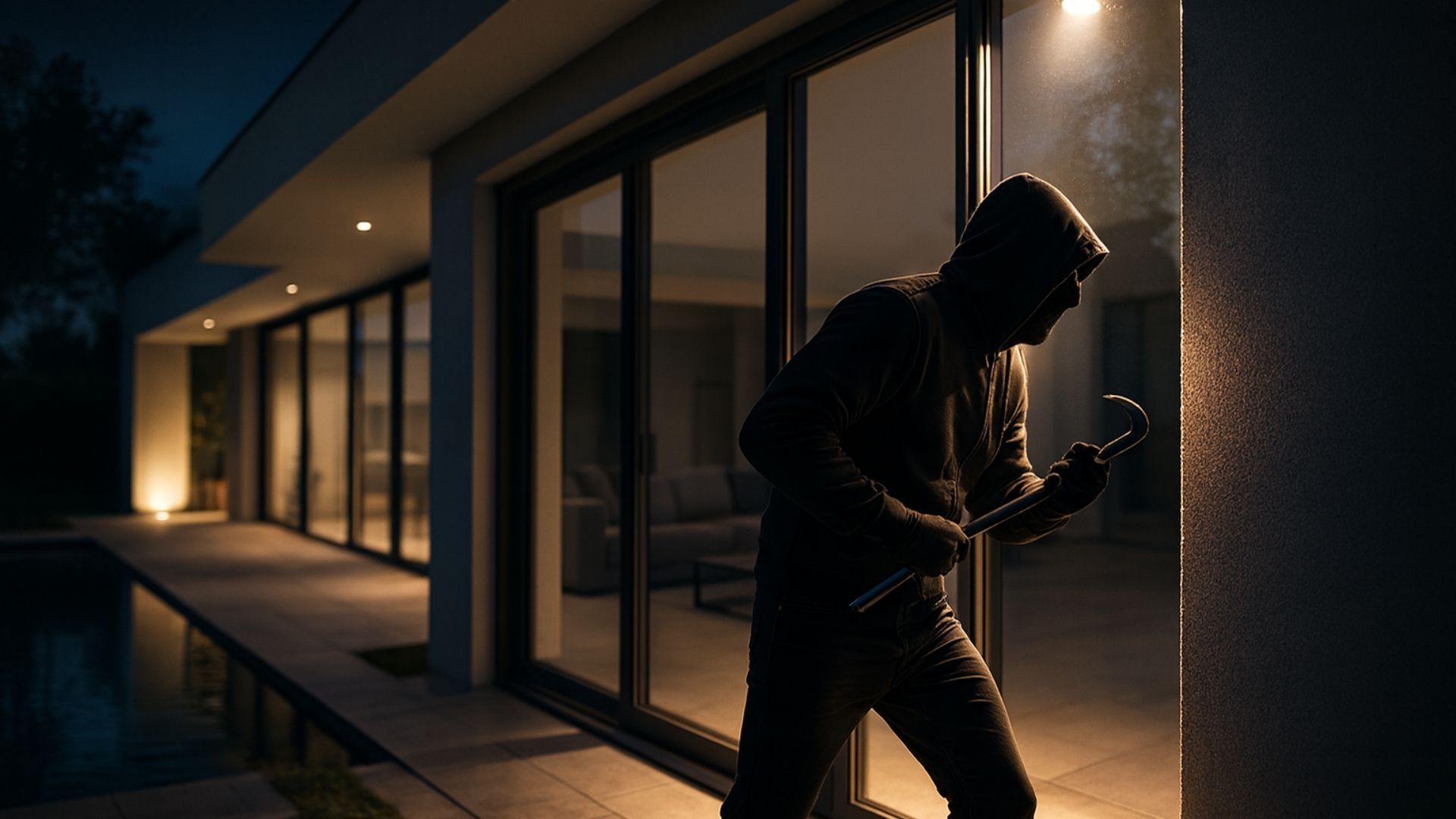The rules around non-combustible materials on tall buildings
Share this blog:
The rules on the use of combustible materials in building projects have changed. Learn more in our article.
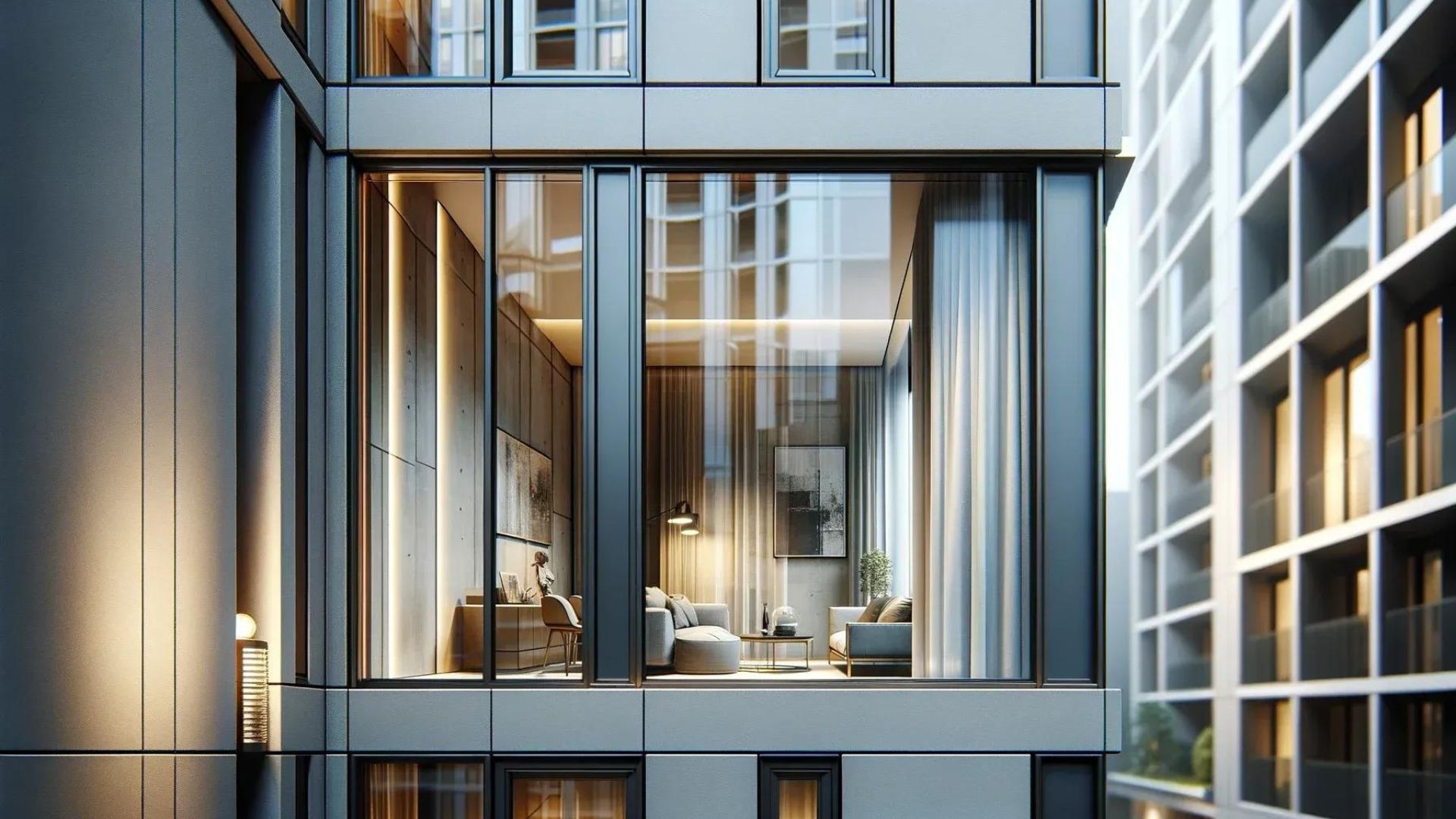
When supplying or installing materials for use in tall buildings, it's essential to ensure they're in line with government safety regulations.
You can find these in two places: first, in the government's building regulations, and secondly, in Approved Document B. This document was updated in June 2022 to "further strengthen and clarify building regulations and fire safety guidance as part of wider reforms to building safety".
These updates followed a 2020 consultation concerning the ban on the use of combustible materials in and on the external walls of buildings.
The ban is straightforward. But its scope has been extended and there are details which aren't intuitive. In this article, we talk you through them so you can be sure your materials are in line with regulations.
Disclaimer
This article isn't a technical document, nor does it constitute legal advice. Any decision made as to the use of materials for tall buildings must be made in accordance with the official documentation.
What has the government changed?
The first substantial change is that the ban on combustible materials on the external walls of buildings has been extended.
This ban, introduced in 2018, now extends to hotels, hostels and boarding houses. It also now includes insulation materials in external walls, below and up to 300 millimetres from ground level.
The other significant change is that metal composite material panels with unmodified polyethylene core (MCM PE) are now banned on new buildings of any height.
Also updated are the British Standard classifications for materials used on high-rises. As a general point, these classifications are worth checking and double-checking as they are subject to change.
The other changes are to be found in the updated version of Approved Document B.
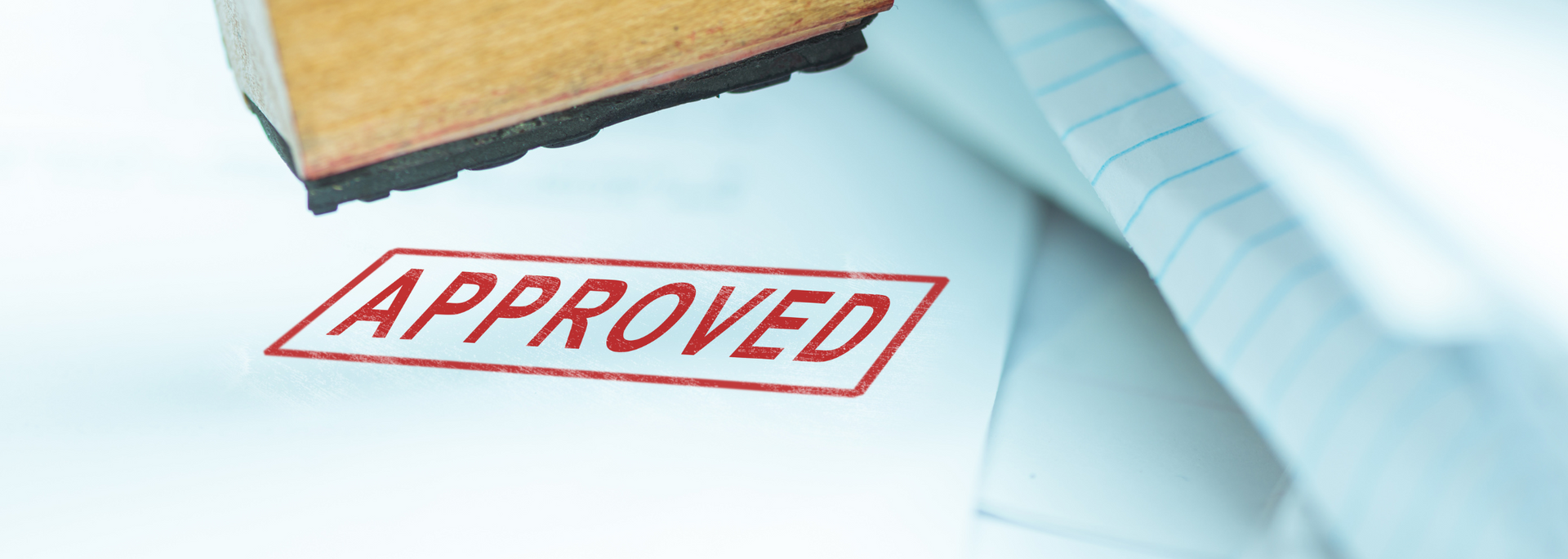
These bring in new rules for external walls and balconies for new blocks of flats that are 11 to 18 metres high. These rules limit the combustibility of materials that can be used in their external walls.
The government says these updates balance safety standards against the need for designers and developers to be able to use environmentally friendly materials such as structural timber.
Can laminated glass be used on tall buildings?
At the time of writing, laminated glass doesn't meet the fire-resistance ratings set out in Approved Document B. This is because the PVB or SGP interlayer in laminated glass is considered flammable.
We'll keep you posted with any developments.
Conclusion
When it comes to building projects and architectural glazing, safety is paramount. That's why it's essential to make sure that your building materials are in line with government regulations.
Are you looking for
fire-resistant glass? TG FR from ToughGlaze is a unique form of toughened glass that's specially processed to deliver effective protection against fire and toxic smoke.
Get in touch with our experts today for a quick, competitive quote.
